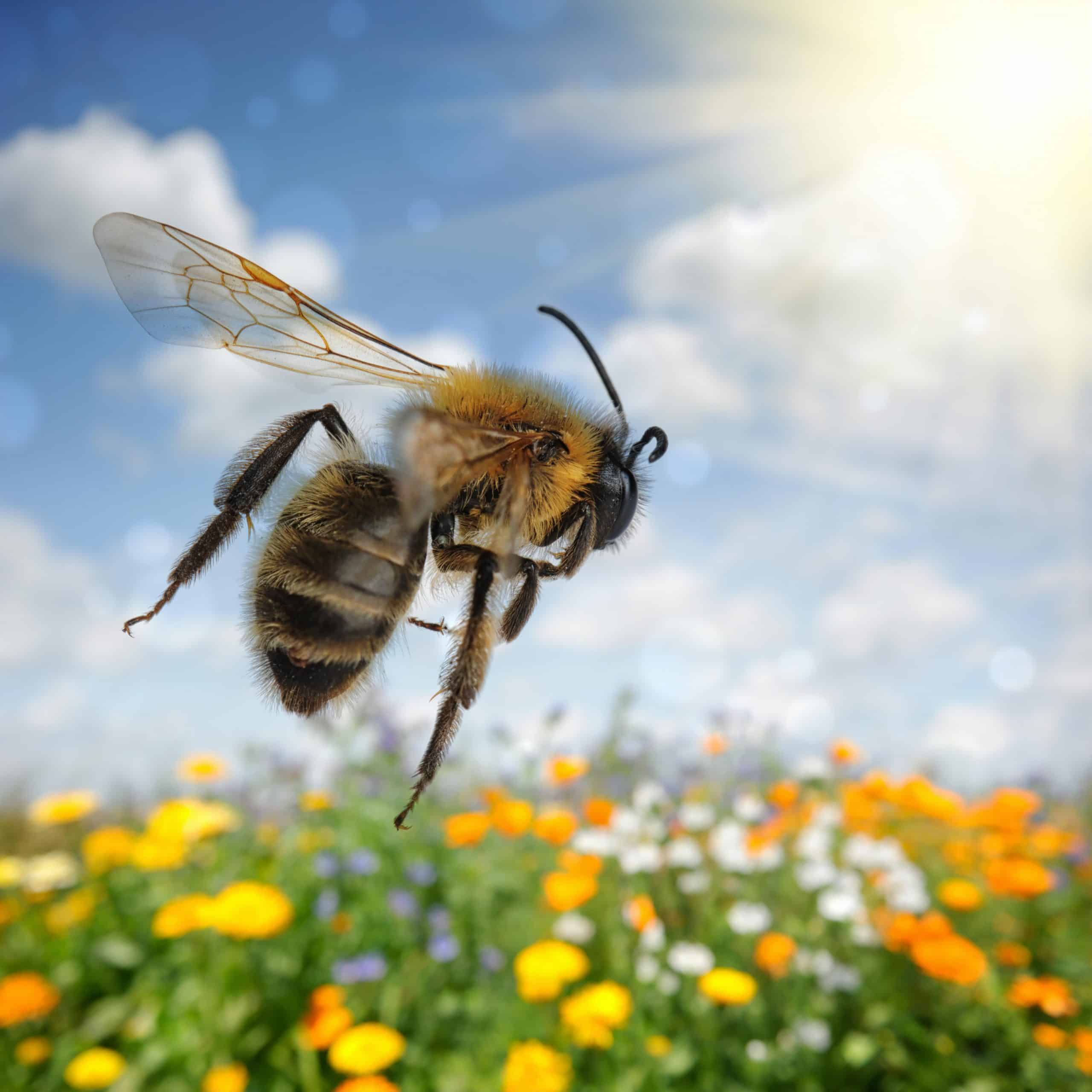We all know that pollination is an essential function for both plants and pollinators.
The process of transferring pollen from one flower to another helps in facilitating reproduction in plants and providing nectar as rewards to the pollinators – in this case, the bees.
Why is Pollination Essential?
If flowers stopped to bloom and produce seeds, can you think of a world without flowers, fruits, and vegetables?
Possibly not.
Pollination is a necessary process for the growth of humans, plants, and pollinators. Every seed plant requires pollination to grow. There are plenty of benefits of pollination to the environment:
- Clean Air: All the flowering plants provide breathable oxygen, and with the help of pollination, they can grow in numbers contributing to clean air.
- Water and Soil: Flowering plants help in preventing soil erosion by holding it through the roots.
- Biodiversity: In the absence of pollination, there will be less diversity in the crops, grasses, flowers, etc. Hence, pollination is also necessary for biodiversity.
- Nutrition: Around 98% of Vitamin C comes from the fruits and vegetables we eat. Without pollination, we won’t be able to receive the food we eat.
What are Pollinators?
Pollinators are the carriers of the pollens that carry it from the male plant structure to females and promote reproduction. These pollinators can be animals, primarily bees and insects that contribute to plant fertilization and seed transfer.
Even humans and other animals are largely benefitted by these pollinators to get the fruits, nuts, and other healthy components for their diet.
Also, a majority of the flowering plant species around the world are dependent on these animal pollinators for their reproduction. Hence, it can be deemed that pollinators are an essential part of maintaining the ecosystem.
How do Pollinators Work?
Pollinators move from the male (anthers) of the plant to the female (stigma) of the plant.
This movement of pollens from one anther to stigma promotes fertilization of the seeds. The fertilized flower will produce more seeds and fruits surrounding the seeds contributing to the new generation of the plant.
The process of pollination is beneficial for both plants and pollinators. While the plant will get the right amount of seeds for the reproduction, bees and other pollinators will receive nectar as their reward for the pollination.
The sugary nectar from the flower comprises carbohydrates, and the pollens have fats, proteins, minerals, and vitamins essential for the growth of the pollinators.
Who Are the Pollinators?
When we hear the word pollinators, bees often comes to our mind.
Though they are the most common type of pollinators, there are plenty of other pollinators as well, which contribute to the process of pollination.
Insects like butterflies, beetles, flies, etc., are pollinators. Some birds and bat species are also considered in the category of pollinators.
According to the statistics, there are around 300,000 species of flowering plants in the world that require help from pollinators to reproduce.
Why Have Pollinators Become so Important?
If stats are to be believed, U.S. bees are dying at a staggering rate that has significantly disrupted the process of pollination.
It has become highly necessary to contribute to pollinator conservation. While beekeeping is a great initiative to support the bees’ species, there are plenty of other things that you can do to conserve the population of bees.
One of the significant things that you can do is plant flowers in your garden that attract bees and other pollinators and provide them with the necessary nectar and pollen.
Top 13 Bee Friendly Plants
There are plenty of flowers that are favorite picks of the bees.
From ornamentals, herbs to the winter blooms, there is a myriad of plant species that bees are attracted to.
If you have also started to think about pollinator conservation, then take a look at the list of flowering plants that you can grow in your garden for the bees:
1. Pansies
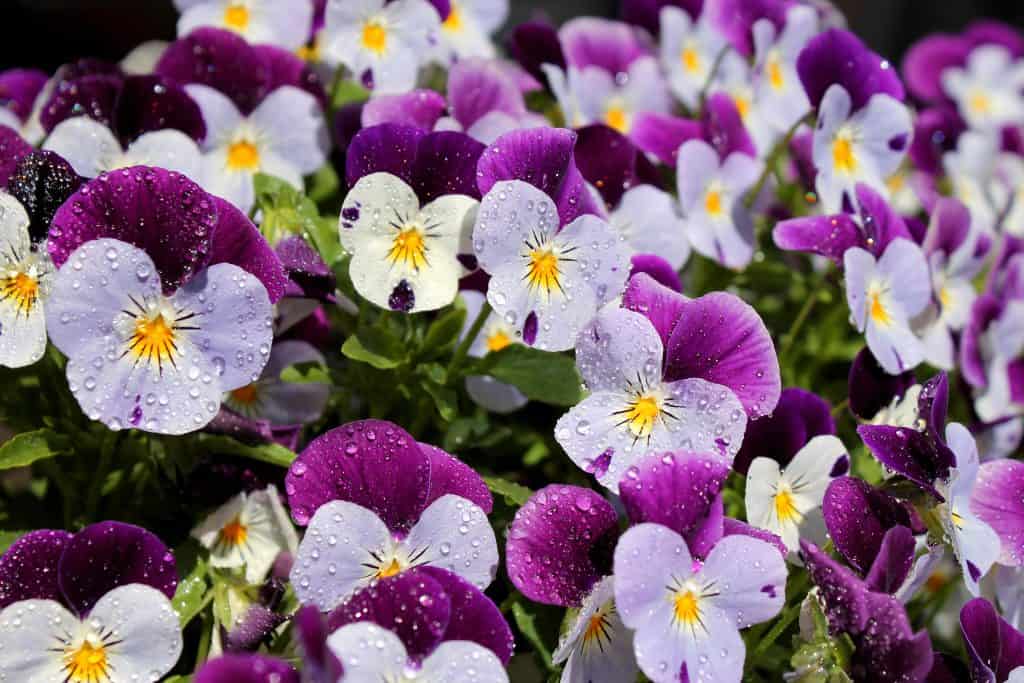
Pansies have got everything that honey bees love.
They are colorful and nectar-filled, which helps the bees to get attracted to them.
Pansies generally spread quickly, so they are considered good containers or ground cover. They are often looked like the annual bloom due to the ability to spread quickly.
There are many types of pansies found in the world that are bred from the wild ones. Pansies generally bloom between early spring and late autumn.
2. Siberian Squill
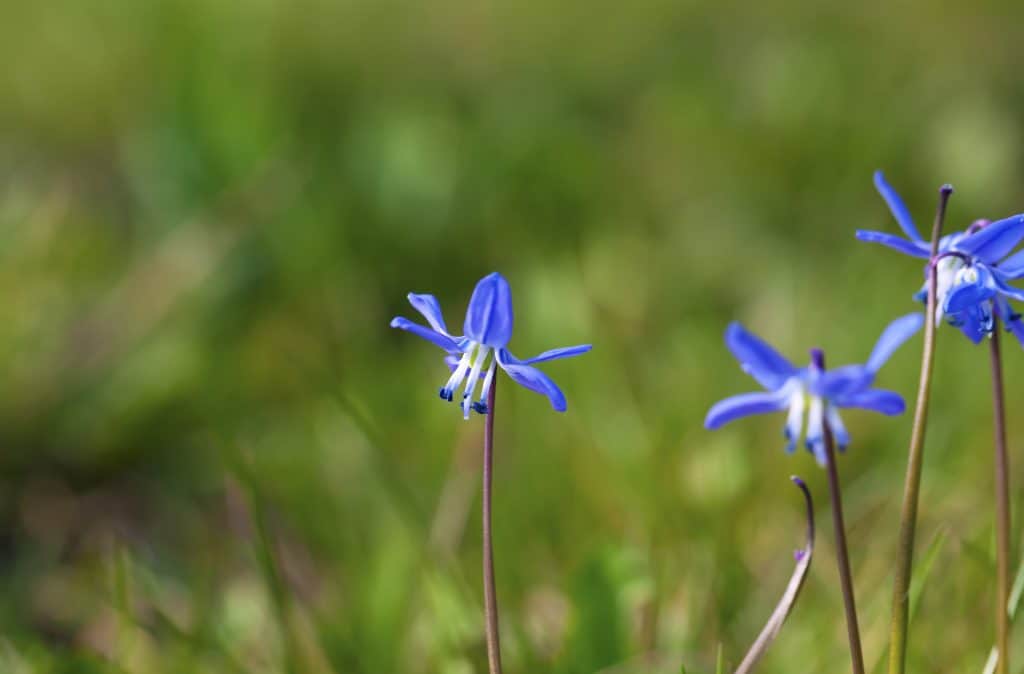
Anyone can get mesmerized by these stunning blue blooms that last for weeks.
Bees are especially attracted to Siberian Squill due to its beautiful appearance.
If you have large space in your bee garden, you can plant the Siberian Squill and enjoy their beauty along with offering a welcoming aisle for the bees to pollinate.
The colors of these blue flowers will pop out in your garden, eventually attracting the bees towards it.
3. Pussy Willow
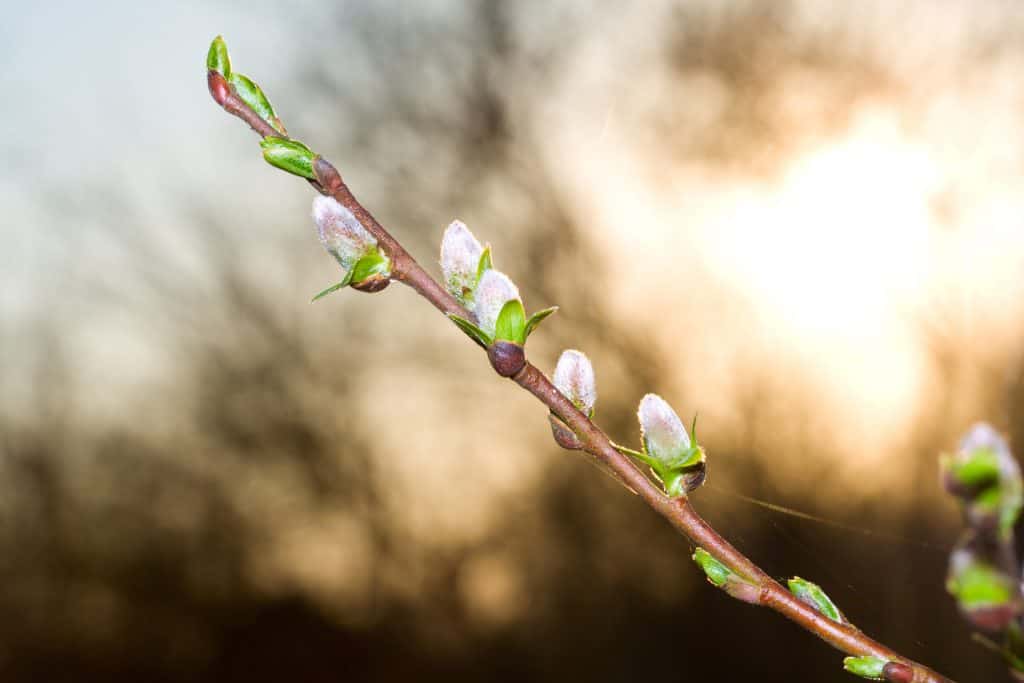
These are the wetland shrubs that are found in the North American region.
Pussy Willow is grayish in color and has fur like flowers. It is said that the bloom of Pussy Willow marks the arrival of spring.
You can plant Pussy Willow in your bee garden and even use its dried seeds for decorations as well.
Make sure to look after the blooms with care as they are sensitive to the changing weather conditions.
4. Snowdrops
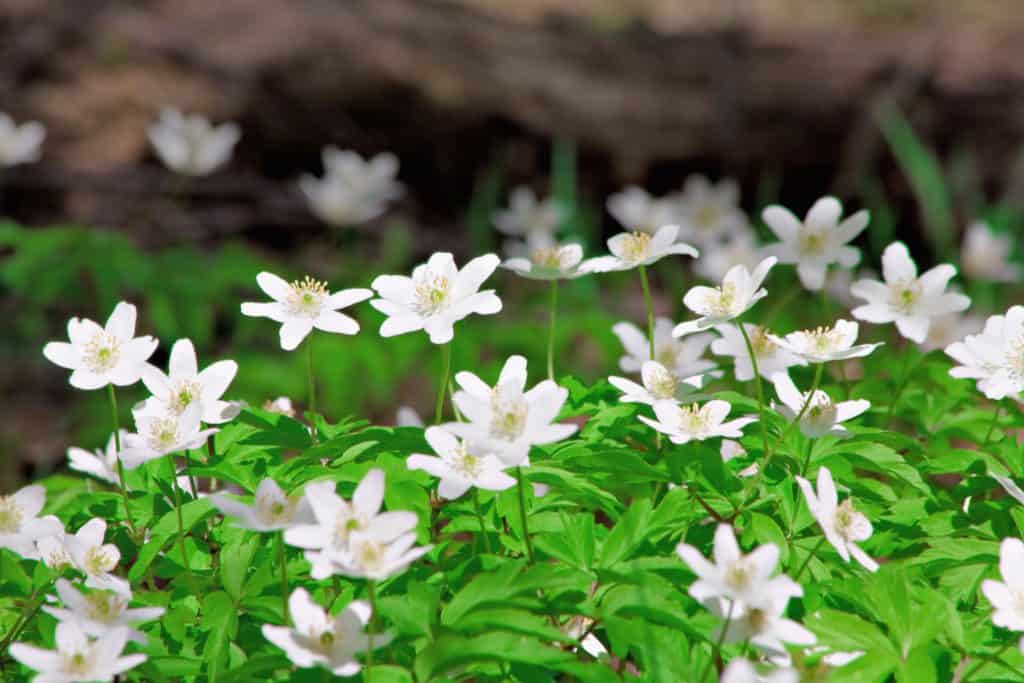
Just as their name suggests, Snowdrops make a stunning bloom by poking out from the snow.
They can grow beautifully in mild to cold winter regions. Bees just love Snowdrops due to their appealing look and bountiful of nectar.
It is essential to understand that Snowdrops become dormant during summer, so you must think about planting some other bee attracting flowers in the summers.
You must look after the Snowdrop with care during summers so that they can bloom healthily in the winters as well.
5. Milkweed
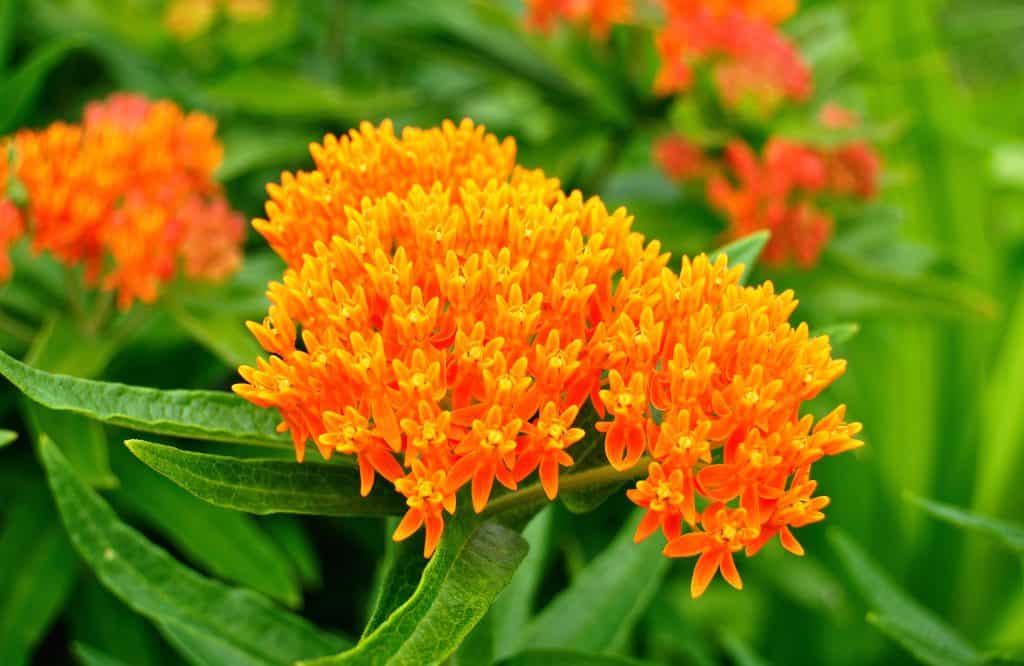
Milkweed is a great food source for bees and the sole host to the monarch butterfly.
By planting milkweed in your garden, you can conserve not only bees but also welcome butterflies as well.
Though milkweed is a great food source for the bees, the complex structure of the flower can trap the bees.
It is essential to ensure that bees don’t get caught in the flowery structure. There are plenty of varieties of milkweed that you can bring home for the bees.
6. Peony
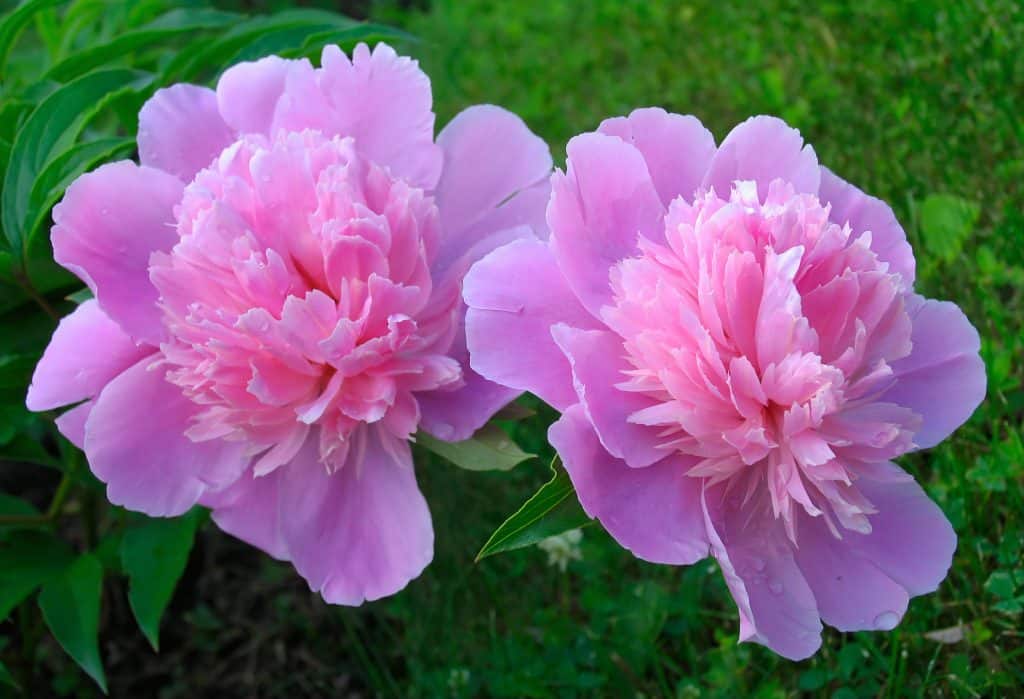
Peonies are the beautiful blooms known for their scent and color that not only attract bees but also butterflies, hummingbirds, and even your neighbors sometime.
These blooms are best grown in the winter season as they get their bud formation is triggered during the chilly weather.
It is advised to place the Peonies in the loamy soil that protects the flowers from the wind.
7. Bee Balm
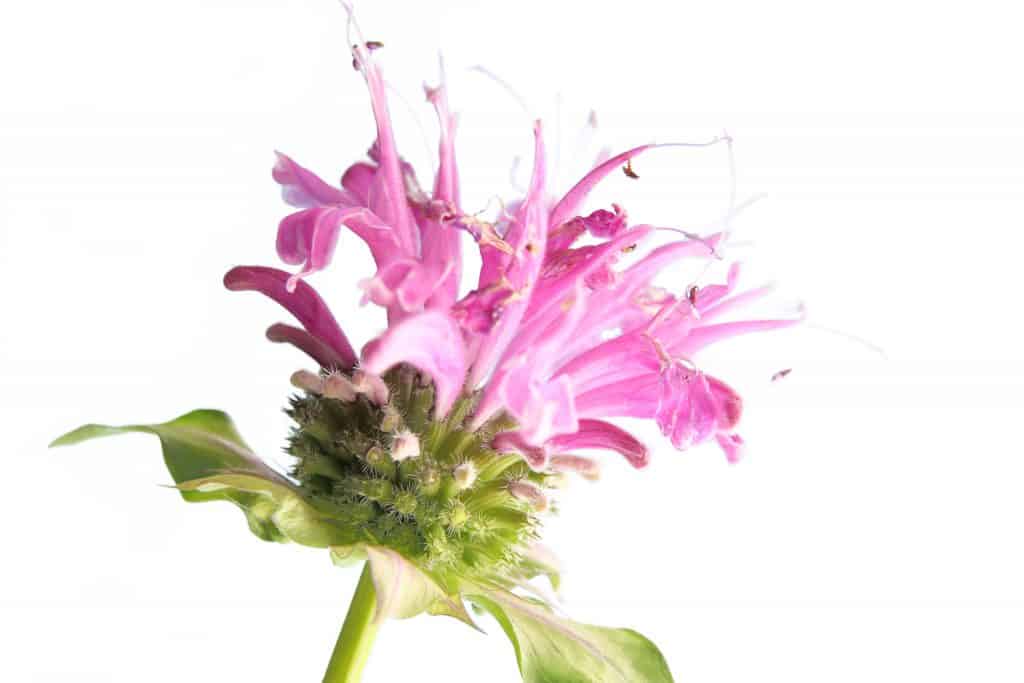
As the name suggests, this is a true bee plant from North America.
The structure of the flowers resembles fireworks, which make them even more attractive to the bees.
Bee Balm flowers are generally grown in full sun weather.
Bee balms are available in different vibrant shades, and you can buy these blooms from your nearest nursery garden.
These are among the perennial flowers that you can enjoy all around the year not just in summer.
8. Lavender
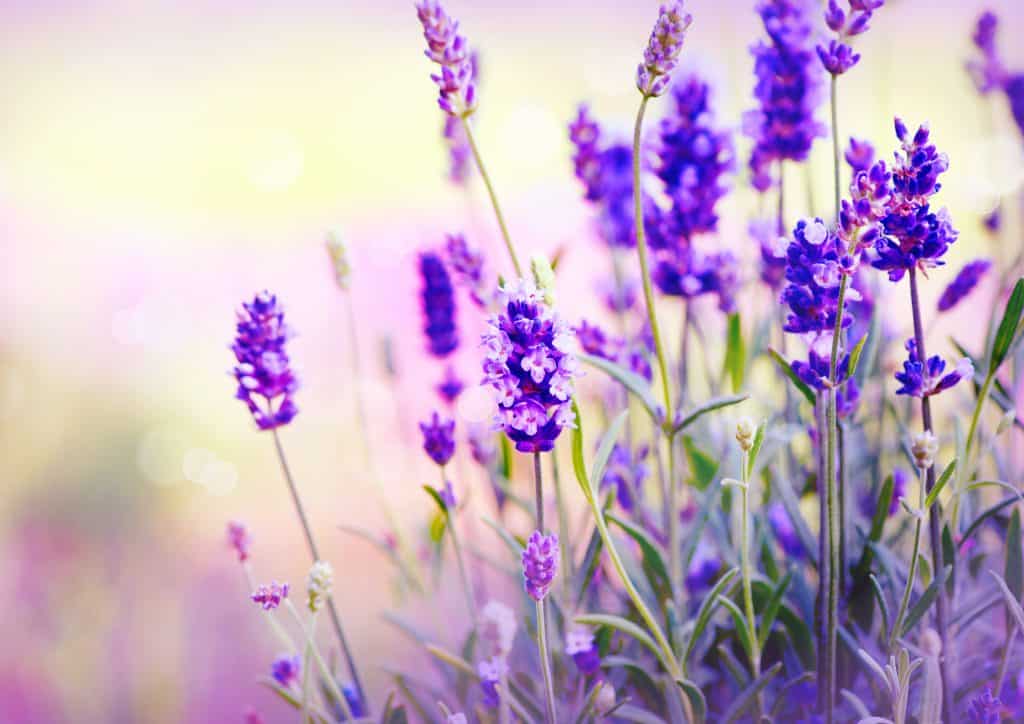
Bees love them for their abundance of nectar, and growing Lavender in your garden will give it a mesmerizing and dreamy look as well.
These scented flowers are available in different varieties.
Lavender generally works well in every climate; all you need to do is take care of them properly.
These flowers prefer a typically warm climate and well-drained soil. So it is essential to provide them with favorable growing conditions.
9. Marigolds
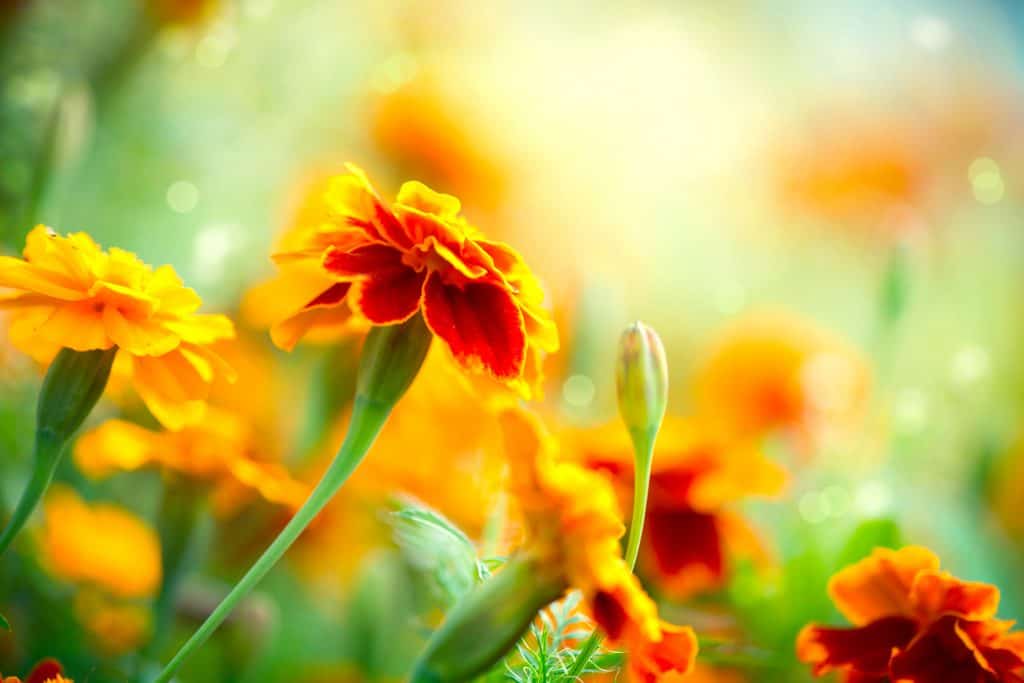
Marigolds are among the annuals that can bloom all through the summers.
These are the edible flowers that you can use to add vibrancy to your salads.
Marigolds are great to repel the pests that can hamper your cultivation.
These are available in different color variants so that you can choose according to your preference. Make sure to put them in a spot from where bees can easily recognize the blooms.
10. Liatris
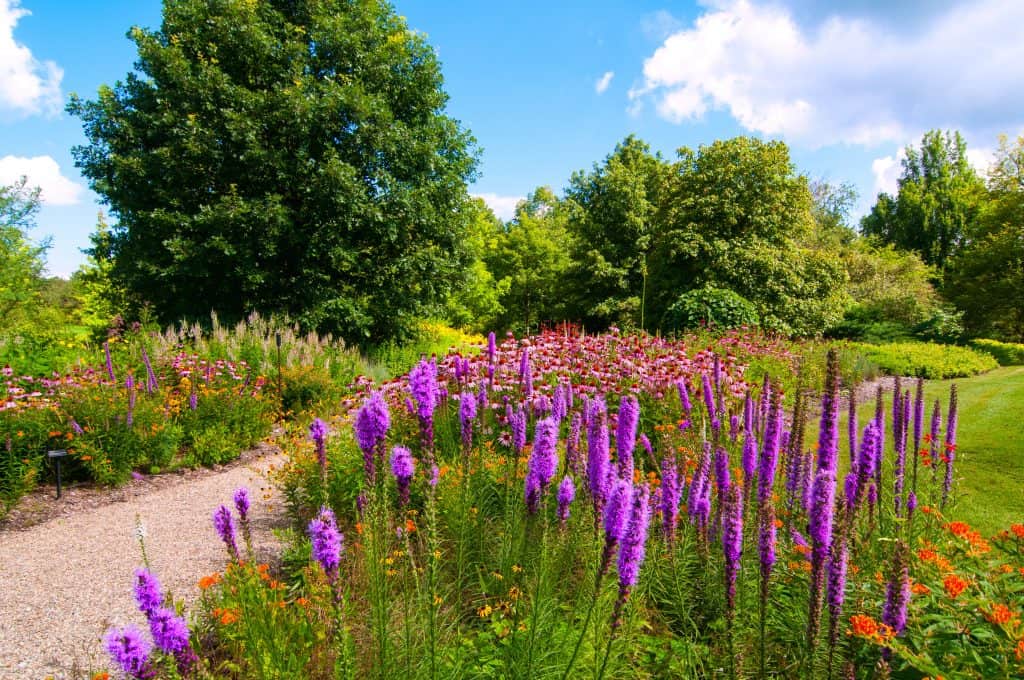
Available in white, pink, and purple bloom, Liatris are flowers that grow on grass like spiky leaves.
You don’t need to pay much attention to Liatris as they are very low in maintenance. They can easily withstand any weather conditions and pests.
Bees are easily attracted to Liatris and help in their pollination. Butterflies are also attracted to these colorful blooms.
11. Sage
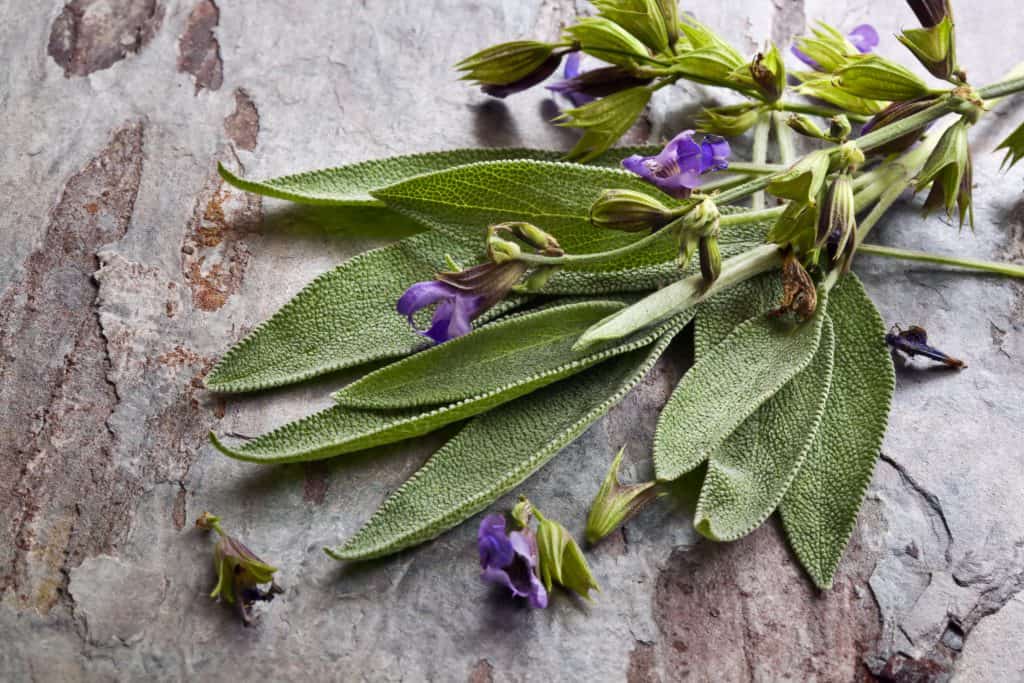
You must have used Sage in making soups, sauces, herb pots, but you would have never known how vital these blooms are for bees.
These beautiful and scented flowers are perennial. Along with all the bee attracting flowers that you are planting in your garden, make some space for these alluring blooms as well.
12. Mint
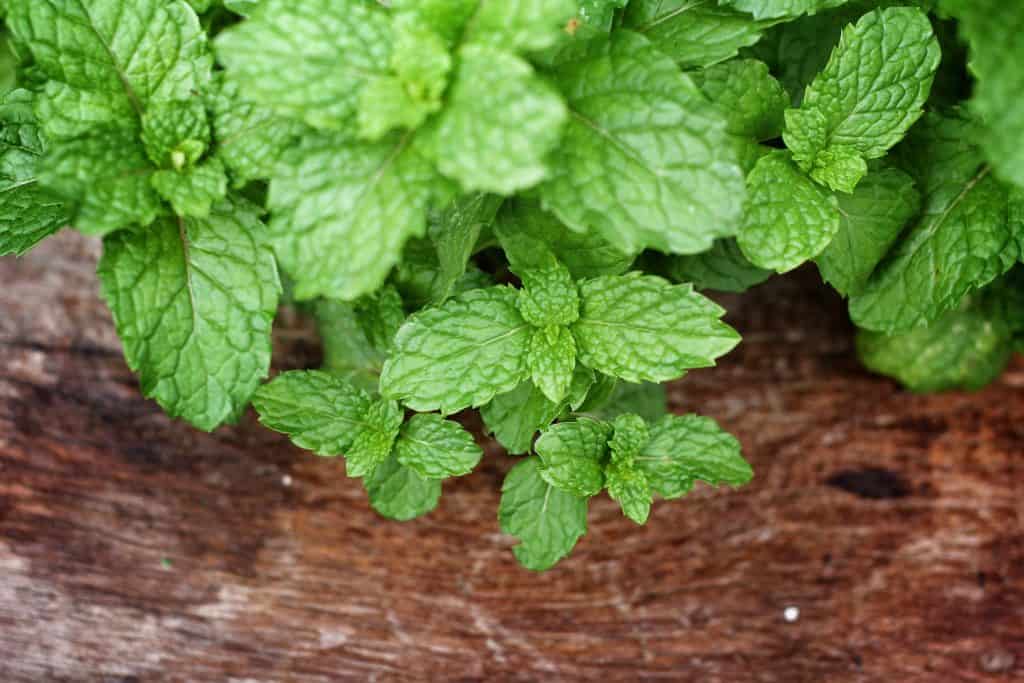
If you are looking for a low maintenance herb to grow in your garden whose flowers can benefit the pollinators, then you should probably start thinking about growing mint.
Mint is known for its flavor and fragrance, and bees are head over heels in love with its flowers. You can use mint as a flavorful kitchen ingredient and let the bees do their work with its flowers.
These are easy to grow and spread, so you must be careful that they don’t spread wildly in your garden.
13. Black-Eyed Susans
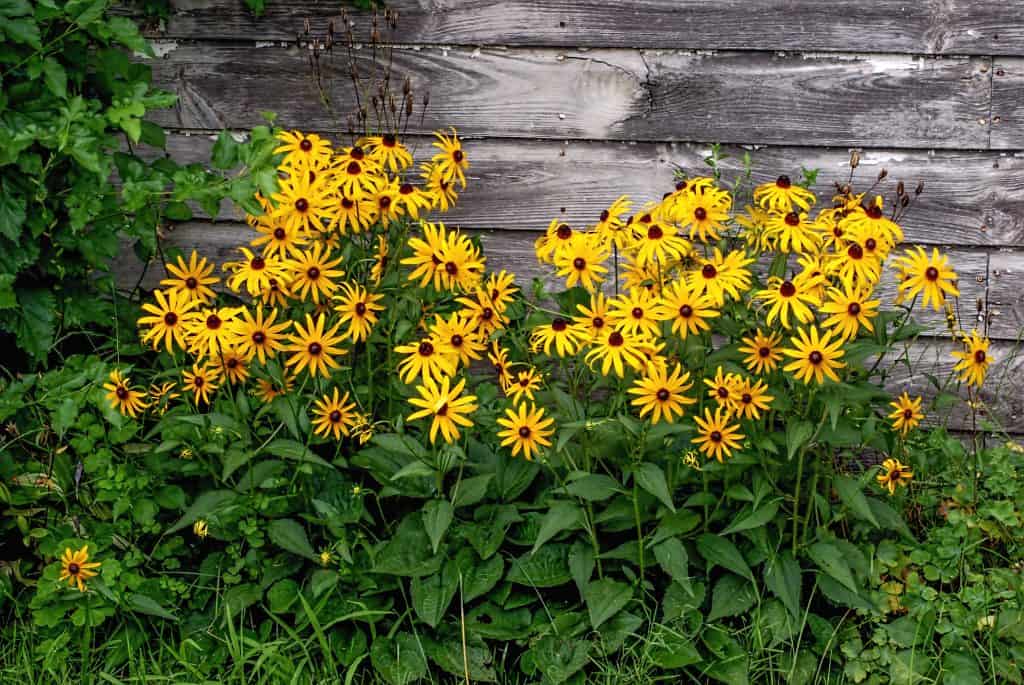
These flowers can attract bees, butterflies, beetles, and possibly every insect pollinators.
Black-Eyed Susans will bring a yellow pop in your garden with their blooms. These are the members of the sunflower family and can grow up to six feet tall.
Black-Eyed Susan is best to plant in your garden borders as it will give an appealing look and welcome the bees and butterflies as well.
The Bottom Line
There’s no doubt that pollination is an essential process to contribute to the reproduction of the plant. Not only benefitting the plant species, but pollination is also beneficial for humans and pollinators as well.
While humans receive fruits and vegetables, pollinators get their necessary nutrition from the nectar. Hence, pollination helps in maintaining the balance of the ecosystem, and pollinators help in creating that balance.
With the population of bees in the U.S., reducing at an unprecedented rate, it has become more than essential to concentrate on the pollinator conservation.
There are plenty of things that you can do to contribute to bee conservation. Beekeeping can be a great option, but if it doesn’t work for you, there are other things you can do to help bees. One of the cost-effective and highly significant things you can do to conserve the bee population is to plant flowers that attract bees.
The above mentioned were some of the popular bee attracting flowers in the world. Sow the seeds of these flowers in your garden to welcome the bees and help them grow healthy.
